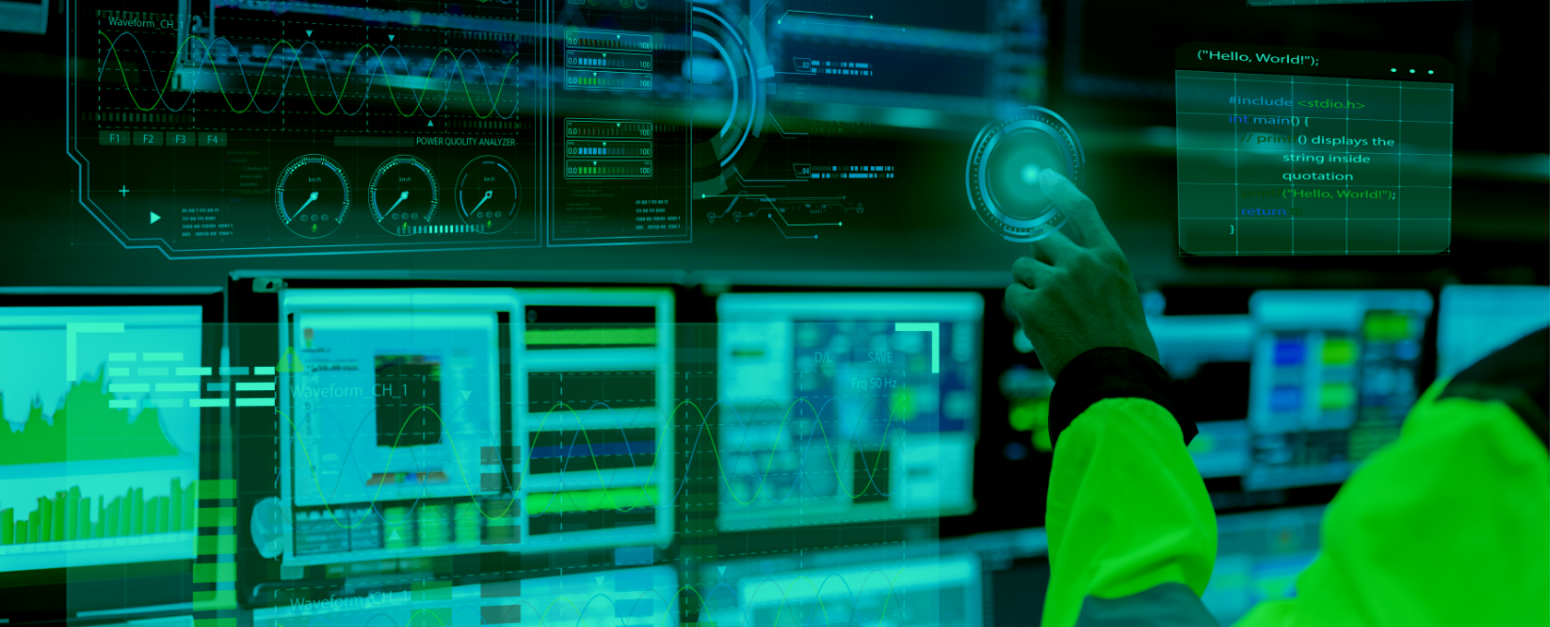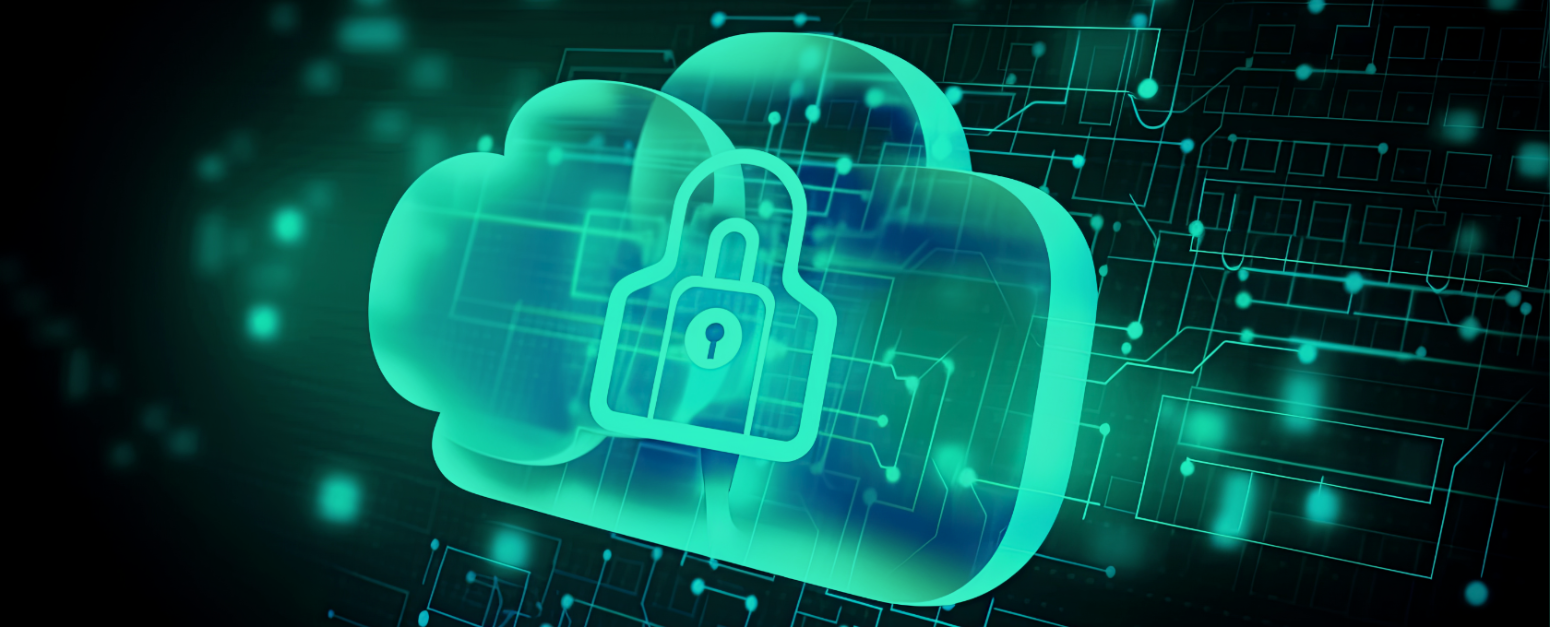
I've been in the industry long enough to know that infrastructure monitoring is your first line of defense. As we’ve moved into cloud-native setups, scattered microservices, and messy hybrid environments, the entire landscape has shifted. Today’s infrastructure stretches across multiple cloud platforms, edge deployments, and older on-prem systems, all talking to each other in ways that can go off track pretty quickly. Real-time monitoring often determines whether your services stay online, whether you’re quietly wasting money on over-provisioned resources, and whether your users still trust what you deliver. The stakes feel higher now than ever before.
What Is Infrastructure Monitoring?
Infrastructure monitoring is essentially the ongoing process of collecting and analyzing data from every layer of your tech stack to make sure everything is behaving the way it should. That visibility comes from four core signals: metrics that show quantitative measurements like CPU or memory usage, logs that capture what actually happened inside your systems, traces that follow requests as they move through distributed services, and events that highlight changes or anomalies. When these data streams are pulled together and correlated, you get a clear picture of your system’s overall health instead of a bunch of disconnected clues. For modern DevOps and SRE teams, this level of visibility isn’t a luxury—it’s the foundation for how we keep systems running smoothly. Without it, you’re basically operating blind, and that’s usually when things fail in the most dramatic way possible.
Why Infrastructure Monitoring Is Important
The benefit here is pretty straightforward: when you detect problems early, you stay ahead of your users and often prevent small hiccups from turning into real incidents. Downtime drops because both your time to detect and time to resolve shrink dramatically with real-time visibility. Capacity planning shifts from gut feeling to actual data, which naturally leads to cost savings since you stop overpaying for unused resources. User experience gets better because performance issues are spotted and handled before anyone complains. Meeting SLAs becomes something you can realistically achieve rather than just hope for. And on the security side, strong monitoring lets you notice unusual activity that might signal a breach or an active attack.
10 Best Infrastructure Monitoring Best Practices
1. Define Clear Monitoring Objectives
Start by figuring out what truly matters to both your business and your users. Every team has different priorities—an online store might focus on how fast customers can complete a purchase, while a content delivery network cares more about cache efficiency. Whatever the case, your monitoring goals should connect directly to real user impact and business results. Broad goals like “monitor everything” only create unnecessary noise. Instead, write down your objectives, make sure everyone agrees on them, and use those as your guiding point for what you track and when you alert.
2. Track the Right Metrics
Zero in on the essentials: latency, traffic, errors, and saturation. These golden signals are widely used in SRE because they give a clear snapshot of system health. Build on this foundation with resource-level metrics like CPU, memory, disk I/O, and network throughput. From there, add application-specific insights—request rates, queue lengths, or key business transactions. And don’t hesitate to eliminate vanity metrics that look impressive but don’t drive decisions. Your monitoring setup should highlight what truly matters, not everything that’s technically measurable.
3. Implement Strong and Actionable Alerts
Every alert should clearly state who owns it, how serious it is, and what steps to take next. An alert is supposed to tell you that something is actually wrong or about to fail—not just that a number moved a little. A lot of teams get buried in noise because they rely on strict, fixed thresholds without thinking about the bigger picture. When it makes sense, lean on dynamic thresholds or anomaly detection to filter out the clutter and highlight real problems. In the end, the rule is simple: when an alert fires, the right person should know exactly what to do, and that action should genuinely fix the issue.
4. Adopt a Unified Observability Approach
When your monitoring tools are scattered across different systems, they create gaps in visibility, and those gaps often lead to trouble. A unified observability setup pulls your metrics, logs, and traces into one place so you can quickly understand what is going on and solve problems faster. This matters even more in distributed environments where a single user request can move through many different services. It also helps when everyone, from infrastructure to application to security teams, is looking at the same information. Once people share the same view of the system, collaboration feels a lot more natural and the guesswork disappears.
5. Automate Detection and Remediation
Trying to monitor everything manually is exhausting, and it simply does not work at scale. No one can keep staring at dashboards around the clock and expect to catch every issue. Automated detection that learns from your system’s normal behavior can identify unusual activity much earlier than fixed thresholds would. Routine issues, like a stalled service or a sudden spike in traffic, can be resolved automatically so your team does not lose valuable time. Let automation handle the everyday problems while your team focuses on the challenges that truly need human judgment.
6. Ensure Full Coverage Across All Environments
Your monitoring strategy has to reach every corner of your ecosystem, whether it is production, staging, development, on-prem infrastructure, cloud platforms, edge locations, containers, or serverless functions. Any place you skip becomes a hiding spot for failures and a potential entry point for attackers. Multi-cloud and hybrid setups add even more complexity because each one demands a slightly different way of instrumenting and collecting data. With dynamic environments and constant service changes, your monitoring must adjust automatically as new components come online. If something is not being monitored, it should be treated as broken or vulnerable until proven otherwise.
7. Use Scalable and Reliable Monitoring Tools
Your monitoring tools need to be more dependable than the systems they observe. If they fail during an outage, you are left completely in the dark. Pick tools that can handle your current data load and comfortably support a dramatic increase in the future. Reliability, data retention, and fast queries become crucial when you are troubleshooting a major incident in the middle of the night. Open standards such as OpenTelemetry also give you room to evolve your stack without rewriting all your instrumentation. The goal is to stay flexible and avoid being trapped by a single vendor.
8. Continuously Test and Tune Alerts and Dashboards
Alert rules and dashboards slowly drift out of touch as your infrastructure changes. Something that worked well months ago might now be generating constant noise or, even worse, letting real problems slip through unnoticed. Regular review sessions, at least once a month, help you check how effective your alerts still are by looking at false positives, response times, and whether the alerts actually led to useful actions. Dashboards should also be tested during real incident drills to confirm they give responders the clarity they need. Many high performing teams even use chaos engineering to make sure their monitoring can detect injected failures. If your alerts stay quiet during a controlled failure, they will stay quiet when things truly break.
9. Integrate Monitoring into CI/CD Pipelines
Bringing monitoring into the development process allows you to spot performance issues, resource leaks, and security risks long before anything reaches production. Your CI/CD pipeline should include automated tests that compare new changes against expected monitoring baselines and stop any build that crosses important thresholds. Deployment markers inside your monitoring tools make it easy to link a change to a sudden dip in performance, which makes rollback decisions much simpler. Canary releases and feature flags should also be observed independently so problems affecting small user groups are spotted early. Security checks belong here as well since you are watching for vulnerabilities at the same time you watch for performance issues.
10. Use Monitoring Data for Post-Incident Reviews
Blameless post-mortems are worthless without the data to back them up. Your monitoring data is the source of truth for understanding what happened, when it happened, and why it wasn't caught earlier. Incident timelines should be reconstructed from logs, metrics, and traces, not from memory. Every major incident should lead to improvements in monitoring: new alerts, better dashboards, or additional instrumentation. This feedback loop is how monitoring systems mature.
The Future of Infrastructure Monitoring
AI-powered anomaly detection is already everywhere, but it’s quickly getting smarter. Instead of relying on simple stats, it’s beginning to understand complex patterns across entire systems. Tools like Gomboc are helping drive that shift by adding intelligent, context-aware automation that fixes problems the moment they appear. Soon, predictive monitoring will catch issues before anyone notices, and automated root-cause analysis will sort through huge amounts of data to find what actually went wrong. Self-healing systems will then apply trusted fixes on their own, with humans jumping in only when something truly odd happens. We’re not fully at that future yet, but it’s clear we’re heading straight toward infrastructure that can take care of itself.
Conclusion
Infrastructure monitoring is now a real strategic advantage when it’s done right. The practices I’ve outlined here come straight from real-world environments where reliability makes or breaks teams. No matter whether you’re running a lean startup in one cloud or juggling a sprawling hybrid setup, the same fundamentals hold true. Set clear goals, focus on the signals that truly matter, automate wherever you can, and keep refining your approach. And if you want to close the gap between spotting issues and actually fixing them, Gomboc can take a big chunk of that burden off your team by automating the remediation work you’d otherwise be doing by hand.





